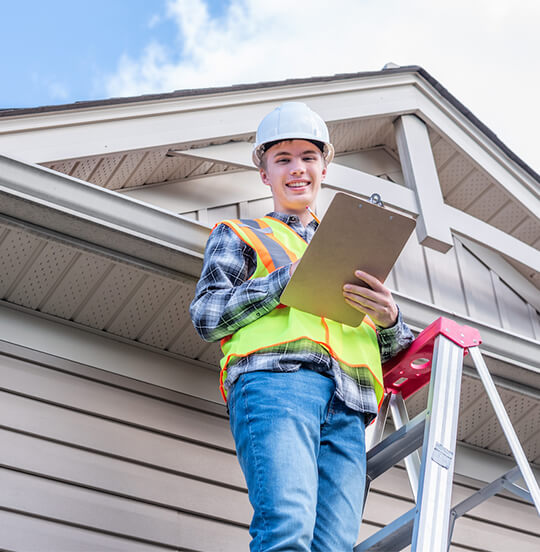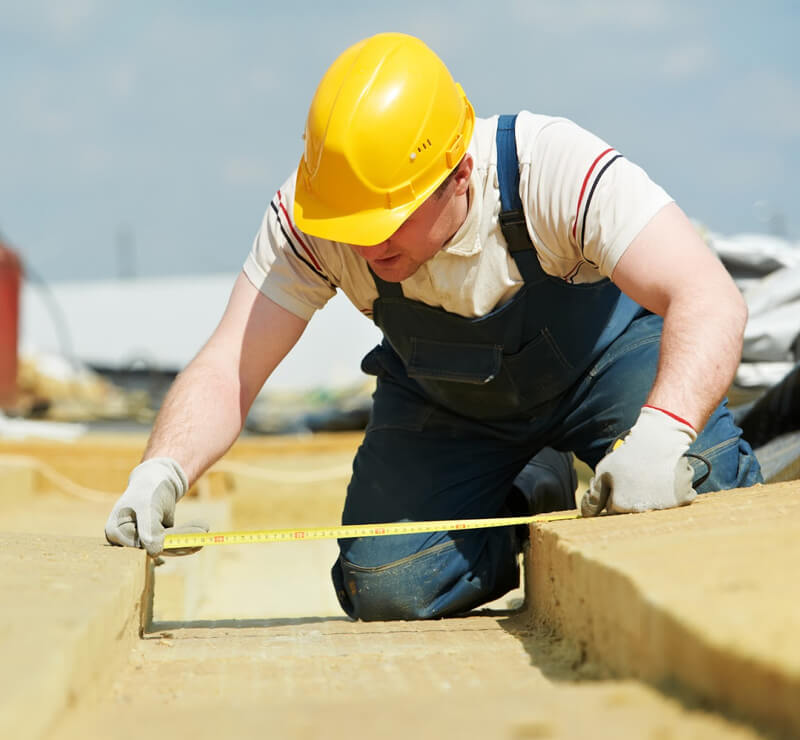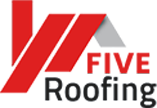A commercial roof inspection in Sunland can be categorized based on the specific parts it assesses. Here are the different types of commercial roof inspections based on the areas they focus on

This is a comprehensive inspection that covers the entire roofing system. It includes an evaluation of the roof surface, drainage systems, flashings, vents, skylights, and any other visible components. It aims to assess the overall condition and identify potential issues that may require further attention or maintenance
This inspection focuses on the visual assessment of the roof surface and accessible components. It involves checking for signs of damage, wear, or deterioration, such as cracks, blisters, loose or missing shingles, ponding water, or exposed roofing materials. It provides a basic overview of the roof’s condition and identifies any visible issues
This inspection targets areas prone to leaks and moisture intrusion. It involves a detailed assessment of roof penetrations, flashing details, roof edges, and any potential sources of water entry. The inspector looks for signs of water stains, dampness, or mold growth, and may use moisture detection tools to identify hidden leaks

This inspection focuses on the structural components supporting the roof, such as beams, trusses, and load-bearing elements. It assesses the integrity and stability of these elements, looking for signs of sagging, excessive deflection, or structural damage that could compromise the roof’s stability and safety
Thermal or infrared inspections use specialized cameras to detect temperature variations across the roof surface. This helps identify areas with potential insulation deficiencies, hidden moisture, or thermal anomalies that may indicate underlying issues such as roof leaks or insulation problems.
This type of inspection is conducted as part of routine maintenance efforts. It involves regular assessments of the roof’s condition, focusing on preventive measures, minor repairs, and cleaning to ensure optimal performance and extend the lifespan of the roofing system.

Click on the button and get a free estimate for the services of the best roofing contractors in Sunland
Severe weather calamities can have a considerable impact on your commercial roof. Get in touch with a professional commercial roofing company in Sunland is important in such cases.
Here’s a table outlining different areas of a commercial roof to inspect after weather damage, along with signs to look for
| Area of Commercial Roof | Signs to Look for After Weather Damage |
|---|---|
| Roof Surface | Missing or loose shingles/tiles, cracks, dents, blistering, or curling |
| Flashings | Damaged or displaced flashings, gaps, or separation from the roof |
| Roof Penetrations | Leaks, water stains, or moisture around vents, chimneys, or skylights |
| Gutters and Downspouts | Clogged or damaged gutters, disconnected or broken downspouts |
| Structural Components | Sagging, deflection, cracks, or visible damage to beams or trusses |
| Roof Edges and Fascia | Damaged or deteriorated edges, loose or missing fascia boards |
| Skylights | Cracks, gaps, leaks, or signs of moisture infiltration |
Avoid conducting inspections during inclement weather, such as rain, strong winds, or icy conditions. Slippery surfaces and poor visibility increase the risk of accidents.
Use designated access points, such as ladders or stairs, to reach the roof. Ensure that accessways are clear of debris and obstacles. Never climb or step on fragile roof materials
Install guardrails, safety nets, or personal fall arrest systems when working near roof edges, skylights, or openings. Use warning lines to mark off hazardous areas and prevent accidental falls.
Be aware of potential electrical hazards on the roof, such as overhead power lines. Maintain a safe distance and take precautions to avoid contact or electrical shock.
Inspect and maintain all equipment before use. Follow manufacturer guidelines and use proper lifting techniques to prevent strain or injuries
Take time to assess potential hazards on the roof, such as uneven surfaces, tripping hazards, or hazardous materials. Mark and address these hazards to minimize the risk of accidents.
Establish clear communication channels with the team members involved in the inspection. Use radios or other reliable communication devices to stay connected and quickly address any safety concerns.
Have a plan in place for emergencies. Ensure that all team members are familiar with evacuation procedures, first aid protocols, and the location of emergency exits.
The frequency of commercial roof inspections in Sunland can vary depending on several factors, including the type of roofing system, the age of the roof, local weather conditions, and any specific requirements or recommendations from roofing manufacturers or warranties. However, as a general guideline, it is recommended to have your commercial roof inspected at least twice a year, typically in the spring and fall seasons. These regular inspections help identify potential issues early on and allow for timely maintenance or repairs, maximizing the lifespan and performance of your roof. Additionally, it’s advisable to schedule inspections after severe weather events, such as storms or heavy rainfall, to assess any potential damage
In most cases, insurance policies do not cover the cost of routine commercial roof inspections as part of regular maintenance. However, it’s important to review your specific insurance policy to understand the coverage details and any potential exceptions. Insurance coverage for commercial roof inspections is more commonly associated with specific circumstances, such as post-storm damage assessments or when there is a known issue that requires an inspection for claim purposes. In such cases, the insurance policy may cover the cost of the inspection as part of the claims process. It’s recommended to consult with your insurance provider to understand the specific terms and conditions of your policy regarding coverage for commercial roof inspections
The turnaround time for receiving a commercial roof inspection report can vary depending on several factors, including the complexity of the inspection, the size of the roof, etc. This timeframe can range from a few days to a couple of weeks. It’s important to discuss the expected timeline with the contractor before the inspection to set appropriate expectations. Factors that can affect the report’s delivery time include the need for additional analysis or testing, the extent of any identified issues.